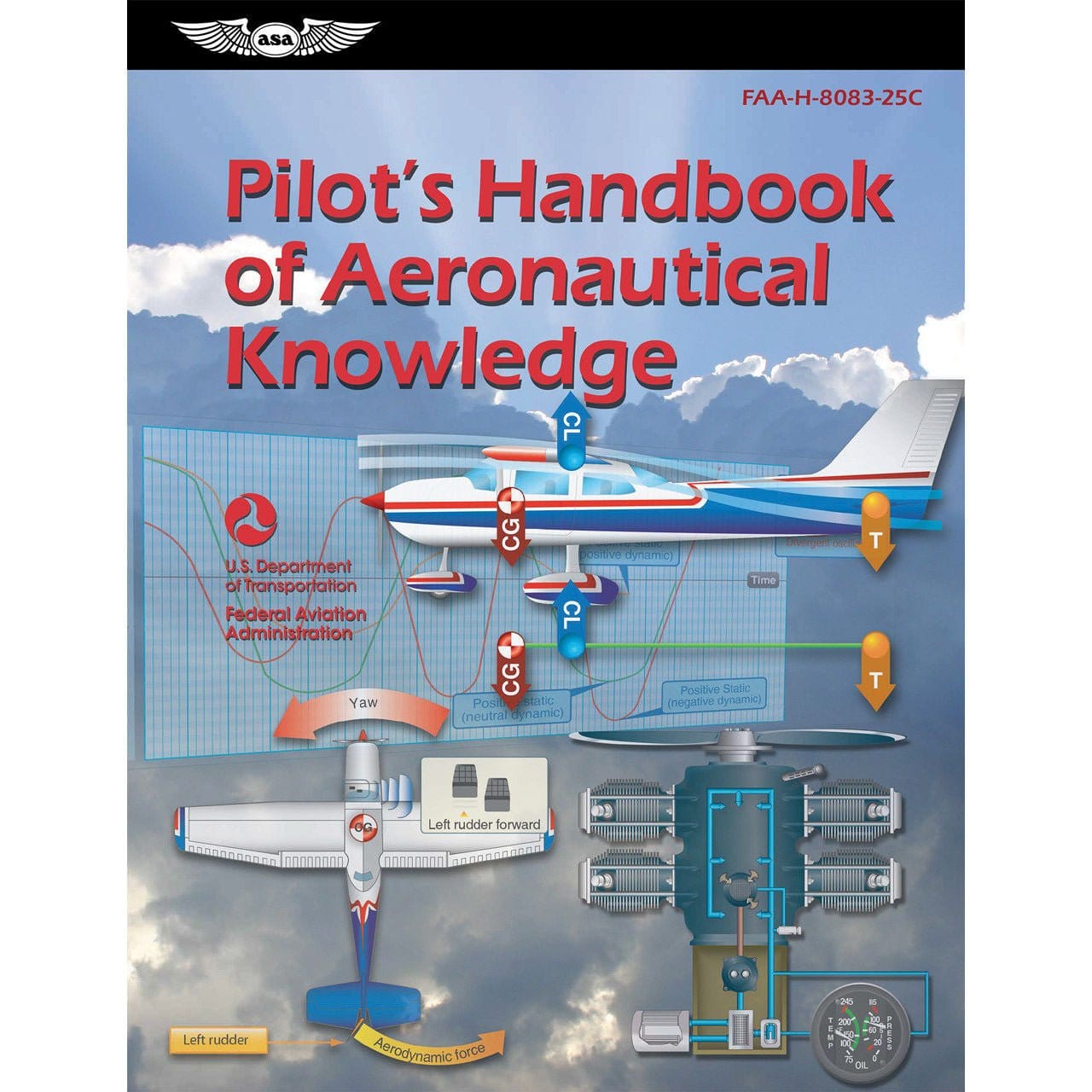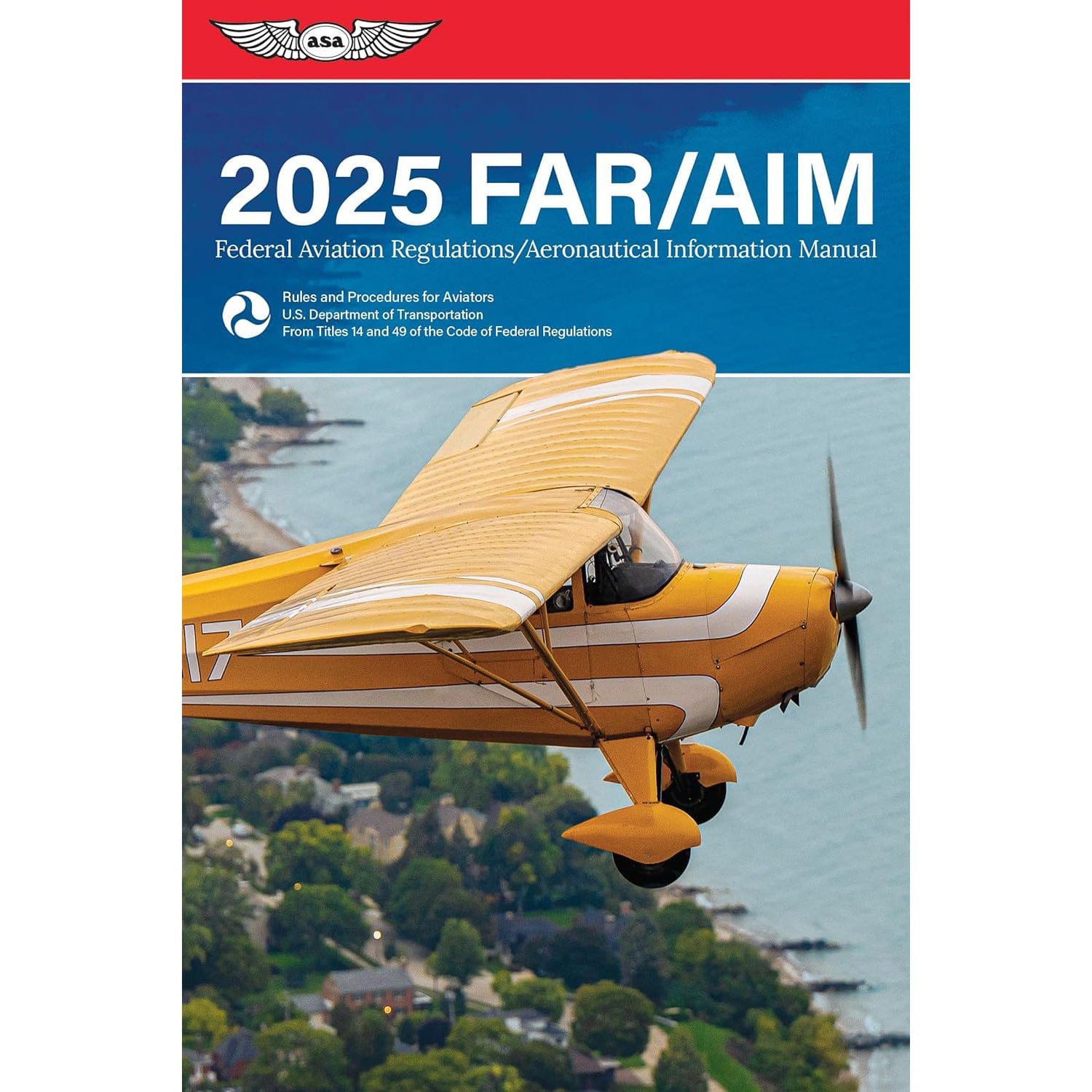But that's where TKS ice protection systems come in. These systems have been around since World War II and were designed to prevent ice accumulation on your airplane.
De-icing boot's are great, but only work after ice has already formed. TKS systems use a fluid-based method to prevent ice from sticking to surfaces like the wings, tail, and even the windshield.
Read on to learn more about this amazing system and get your aircraft ready for winter.
SUMMARY
-
TKS prevents ice on aircraft using glycol fluid.
-
Fluid flows through tiny holes in leading edges.
-
It offers both anti-icing and de-icing.
-
It’s ideal for small aircraft due to low power use.

What is TKS in Aviation and How Does It Work?
If you're looking to anti-icing systems for your aircraft, TKS is a popular name you've probably heard of. The company for designing these systems, TKS Ltd, rebranded to become CAV systems and has been in operation since the 1940's.
The TKS system, short for Tecalemit-Kilfrost-Sheepbridge Stokes, uses an ethylene glycol-based fluid to prevent ice from forming on your aircraft.
This fluid has a freezing point below -70°F, and is pumped through thousands of microscopic holes in titanium panels mounted on the leading edges of the wings and tail surfaces.
As air flows over the surfaces of your aircraft, it carries the fluid back, covering the plane's exterior and stopping ice from accumulating.
That keeps ice from forming, but the system can also remove accumulated ice, meaning it can remove any ice that forms despite the protective fluid.
A big advantage of TKS is that it doesn't just stop ice from forming on the wings. It can also coat the propeller with fluid using slinger rings and protect the windshield by spraying the fluid directly onto it.
Depending on how heavy the icing is, a TKS system can keep an airplane safe from icing for up to three hours before the fluid runs out and needs to be refilled.
TKS Ice Protection vs. Other Anti-Icing Methods
So, why use TKS over other systems?
Traditional de-icing boots work by inflating and breaking off ice after it forms. That’s helpful, but it has its drawbacks, like when the timing is off, and ice builds up in hard-to-reach areas.
Electro-thermal systems heat the wing surfaces to melt the ice, but they can require a lot of power, making them less ideal for smaller planes.
TKS has anti-ice protection systems that prevents ice from forming, which is the most ideal situation. TKS offer both anti-icing and de-icing capabilities. Plus, it’s lightweight and uses minimal power, making it a great option for general aviation.

Components of a TKS Ice Protection System
The system includes a reservoir for the TKS fluid, pumps that push the fluid through the system, and the porous titanium panels where the fluid is dispersed.
It's activated from the cockpit, and the flow of fluid is controlled based on how much ice protection is needed at any given time.
Aircraft certified for Flight into Known Icing (FIKI) conditions usually have some type of backup systems, like dual pumps, for extra safety.
Propeller protection is handled by slinger rings, that spray the fluid onto the propeller. Windshield protection is taken care of by a dedicated spray bar.
All of these elements work together to keep the aircraft clear of ice.

TKS Operation in Icing Conditions
When you activate the TKS system in flight, fluid starts flowing through the porous panels, coating the leading edges of the wings, tail, and other surfaces.
The fluid mixes with any supercooled water it encounters, lowering the freezing point and stopping ice from forming.
If ice has already started to build up, the fluid helps break the bond between the ice and the aircraft, allowing airflow to carry the ice away.
Depending on the aircraft and the icing conditions, TKS systems can provide one to three hours of protection before the fluid runs low.
In most general aviation aircraft, you might only need to refill the system once or twice during a winter season, which makes it a really good option.
TKS Systems for Small and General Aviation Aircraft
TKS systems are a common retrofit option for general aviation planes, especially those flying in areas known for a lot of icing.
These systems can only be installed by trained and experienced professionals and is only available for specific aircraft. As of today, the TKS system is installed on high-performance single-engine aircraft. TKS is especially useful for smaller planes because it uses less power than other de-icing methods, making it ideal for aircraft with limited electrical capacity.
Since it covers the entire aircraft—not just the leading edges like boot de-icing systems—TKS is better at keeping smooth airflow over the wings to help performance in cold weather.

Frequently Asked Questions
-
What is TKS fluid made of?
TKS fluid is typically a glycol-based substance designed to lower the freezing point and prevent ice accumulation. -
How often does TKS fluid need to be refilled?
It depends on usage, but refills are generally needed after flights in prolonged icing conditions. -
Can TKS handle severe icing?
TKS is effective in moderate icing conditions, but severe ice may overwhelm the system. -
Is TKS available on all aircraft?
TKS is only available for specific general aviation aircraft and may not be available on larger commercial aircraft.
Takeaway
TKS ice protection systems are a low-maintenance solution for keeping your aircraft free of ice during the cooler seasons.
The great thing about TKS is the fact that it provides both anti-icing and de-icing capabilities. With low power requirements and broad coverage across the airframe, it's a go-to option for many general aviation pilots flying in cold weather.
Fly safe up there fellow pilots!
Interested in Winter Weather Preparations?
Our guides are designed to help!
Did you find this article helpful?
Do you think we missed an important interview question? Let us know in the comments below!







